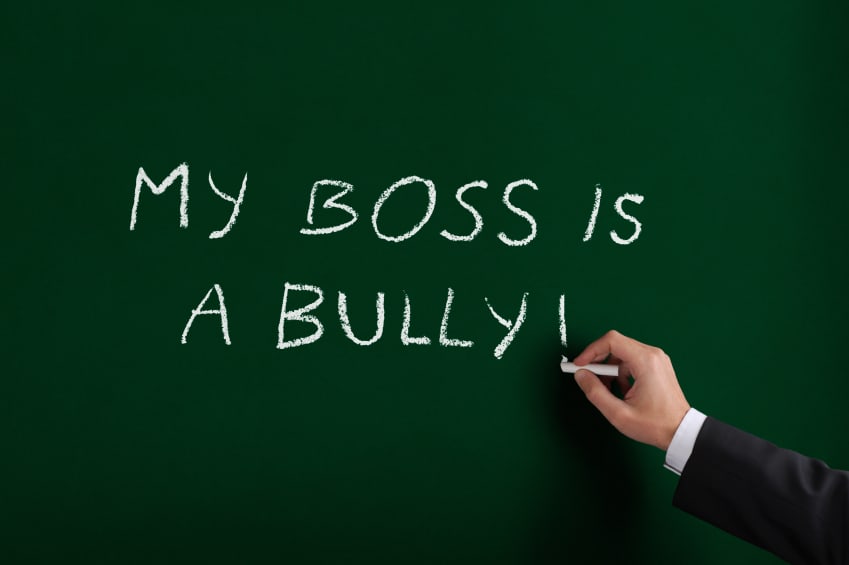 SafetyAtWorkBlog regularly receives excellent review books from the New York publishing company, BaywoodPublishing. The latest is entitled Safety or Profit? – International Studies in Governance, Change and the Work Environment. I have yet to get beyond the introduction to the chapters by Australian academics on precarious workers (Quinlan) and the decriminalisation of OHS (Johnstone) but the introduction is fascinating.
SafetyAtWorkBlog regularly receives excellent review books from the New York publishing company, BaywoodPublishing. The latest is entitled Safety or Profit? – International Studies in Governance, Change and the Work Environment. I have yet to get beyond the introduction to the chapters by Australian academics on precarious workers (Quinlan) and the decriminalisation of OHS (Johnstone) but the introduction is fascinating.
The most fascinating is its discussion of Lord Robens’ Report of the Inquiry into Health and Safety at Work from 1973. The editors, Theo Nichols and David Walters, question the “major advance” many claimed for the Robens report by comparing it reviews 40 years earlier. Nichols and Walters quote the conservatism that led to Robens seeing criminal law as being “largely irrelevant”, and legal sanctions being “counter to our philosophy”. However, they do admit that Robens was prophetic on the growth of self-regulation and the duties of care.
Nichols and Walters also remind us that the Robens-inspired Health and Safety At Work Act of 1974 did not recommend the creation of Occupational Health and Safety (OHS) representatives.

 There will be two areas of occupational health and safety attention in the early months of 2014 in Australia – workplace bullying laws and the
There will be two areas of occupational health and safety attention in the early months of 2014 in Australia – workplace bullying laws and the  2014 is going to present tough challenges to Australia’s politicians and corporate leaders.
2014 is going to present tough challenges to Australia’s politicians and corporate leaders.  Several years ago at a
Several years ago at a  On September 9 2013, the Canberra Times published an article by
On September 9 2013, the Canberra Times published an article by